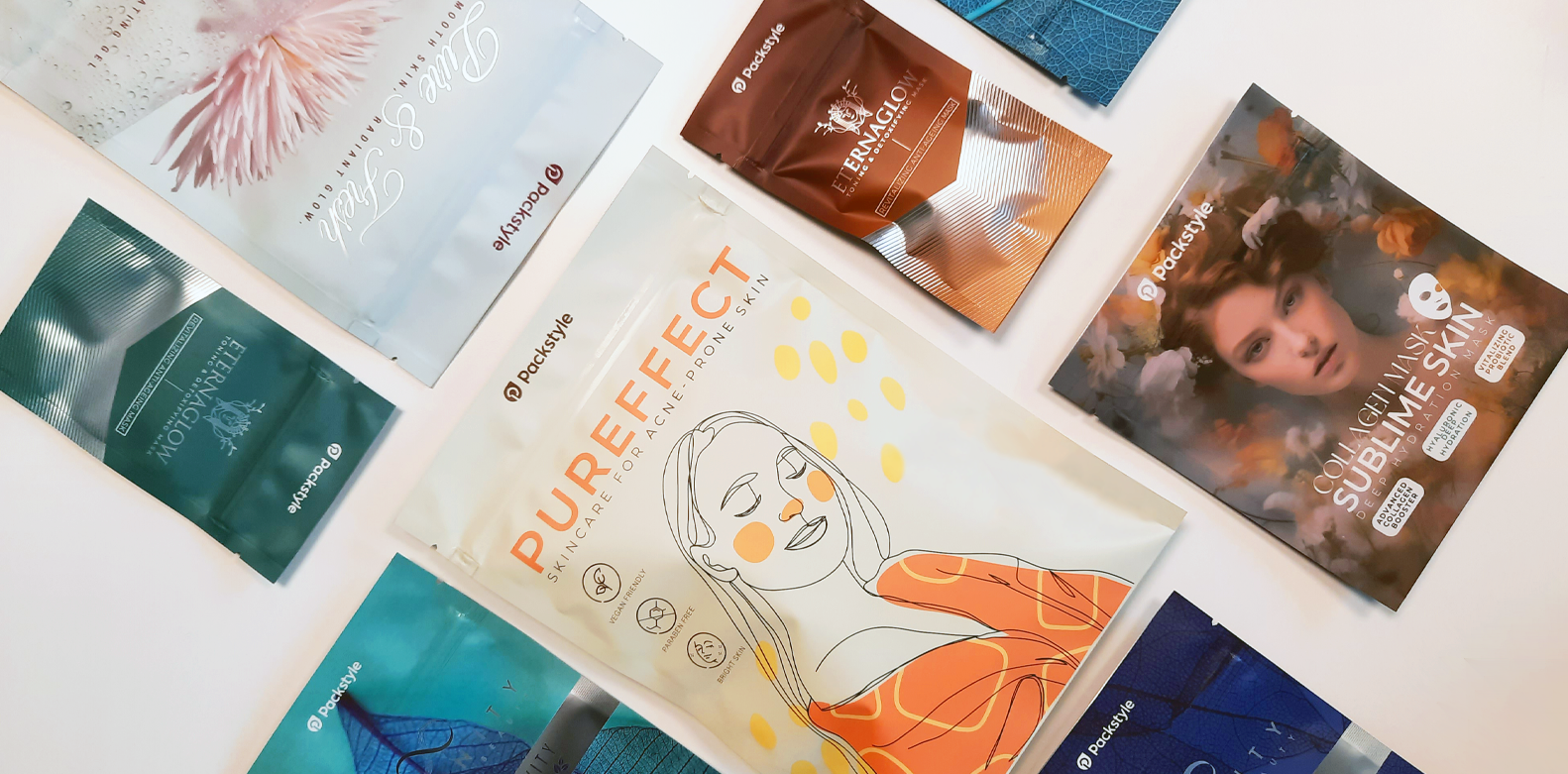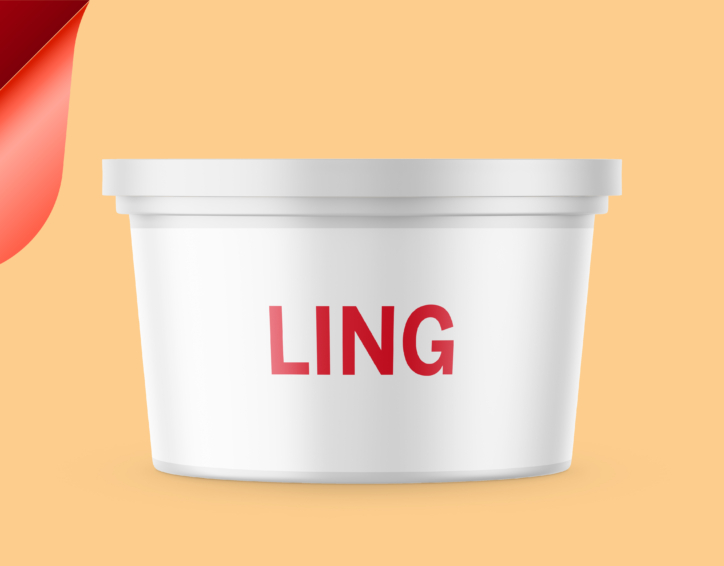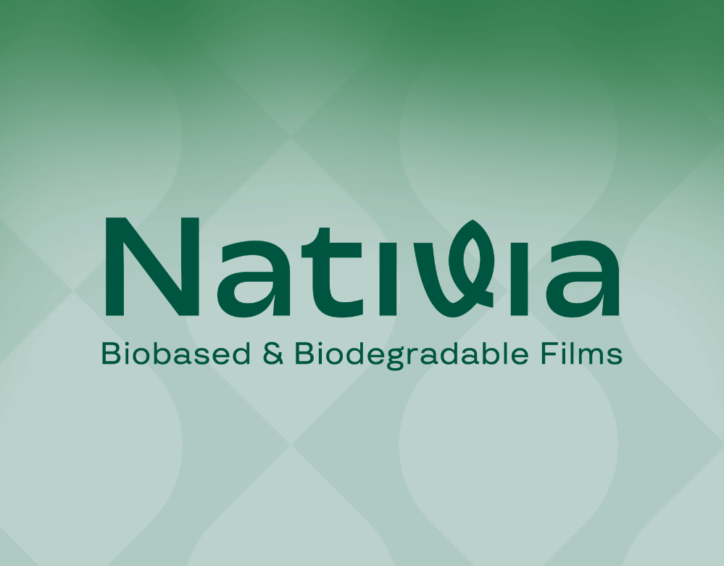Sustainable Packaging Revolution in Cosmetics: Mono-Material Solutions for a Growing Market

Transforming Beauty with Sustainable Innovation
According to Euromonitor’s “Top Global Consumer Trends 2025,” the beauty and personal care industry has emerged as a sustainability frontrunner. Products bearing eco-friendly claims generated over USD 120 billion in 2023—the highest global retail sales across all sectors. This remarkable achievement signals a fundamental shift in how consumers perceive and select cosmetic products, with packaging sustainability becoming a decisive factor in purchasing decisions.
The Growing Challenge of Cosmetic Packaging
The global cosmetics market is on a steep upward trajectory. It is expected to reach $114.69 billion by 2025 and sustain a healthy 3.96% compound annual growth rate through 2030.1 This impressive expansion is accompanied by an equally significant evolution in consumer values, with sustainability and natural ingredients now ranking among the top priorities for beauty consumers worldwide.
While rigid containers have traditionally dominated cosmetics packaging, flexible packaging solutions—particularly sachets and stand-up pouches—have gained considerable market share due to their convenience, reduced material usage, and lower shipping weights. However, a critical sustainability obstacle remains: most flexible packaging currently uses multi-material laminates that render them practically impossible to recycle in conventional waste streams.
This disconnect between growing consumer demand for sustainable options and the technical limitations of existing packaging creates both a challenge and an opportunity for forward-thinking brands in the beauty sector.
Breakthrough Innovation: The Mono-Material Solution
In response to this industry-wide challenge, Taghleef Industries has partnered with Packstyle to develop a groundbreaking alternative for cosmetics stand-up pouches. Their solution centres on a polypropylene (PP) based structure featuring EXTENDO® XZMU—an advanced high-barrier film with superior protection properties that effectively replaces conventional aluminium foil and metallised PET films.
Comparing Structures:
| Traditional Multi-Material Structure | Ti’s Mono-Material Proposal |
| PET / ALU / NYLON / LLDPE | BOPP 20 / EXTENDO® XZMU 20 / CPP |
This innovative structural redesign transforms a previously non-recyclable package into a mono-material solution that can be processed through existing PP recycling streams, addressing one of the beauty industry’s most pressing sustainability challenges.
Comprehensive Benefits for Beauty Brands
The transition to mono-material PP packaging delivers multiple advantages that align perfectly with evolving market demands:
- Enhanced Recyclability That Resonates with Beauty Consumers
The mono-material PP structure directly addresses the growing consumer expectation for responsible packaging within the cosmetics sector. By simplifying the recycling process for end-users, brands can substantiate their sustainability claims with tangible actions that environmentally conscious beauty consumers can easily participate in. This practical approach to sustainability creates meaningful engagement with a customer base increasingly making purchase decisions based on environmental impact.
- Strategic Brand Differentiation in a Competitive Market
Proactively adopting truly recyclable packaging solutions positions cosmetics brands advantageously among the growing segment of environmentally aware consumers. This commitment to sustainability serves as a powerful differentiator in the crowded beauty marketplace, where ethical considerations increasingly influence brand loyalty and purchasing decisions. Brands implementing these solutions can authentically communicate their environmental values through packaging that physically embodies their commitment.
- Maintaining Premium Product Protection and Integrity
Product protection is critical to the beauty sector, as cosmetic formulations often contain sensitive ingredients requiring robust barrier properties. The high-performance characteristics of EXTENDO® films ensure that cosmetic products maintain their efficacy, scent profiles, and shelf stability—meeting the exacting standards of today’s discerning beauty consumers who expect sustainable packaging without compromising product quality.
The Future of Sustainable Beauty Packaging
This case study exemplifies how technological innovation can effectively bridge the gap between consumer demands and practical sustainability in the cosmetics industry. By reimagining the traditional multi-material stand-up pouch with Taghleef Industries’ mono-material PP solution featuring EXTENDO® XZMU film, beauty brands can now offer genuinely recyclable flexible packaging without sacrificing the performance characteristics essential to premium cosmetic products.


